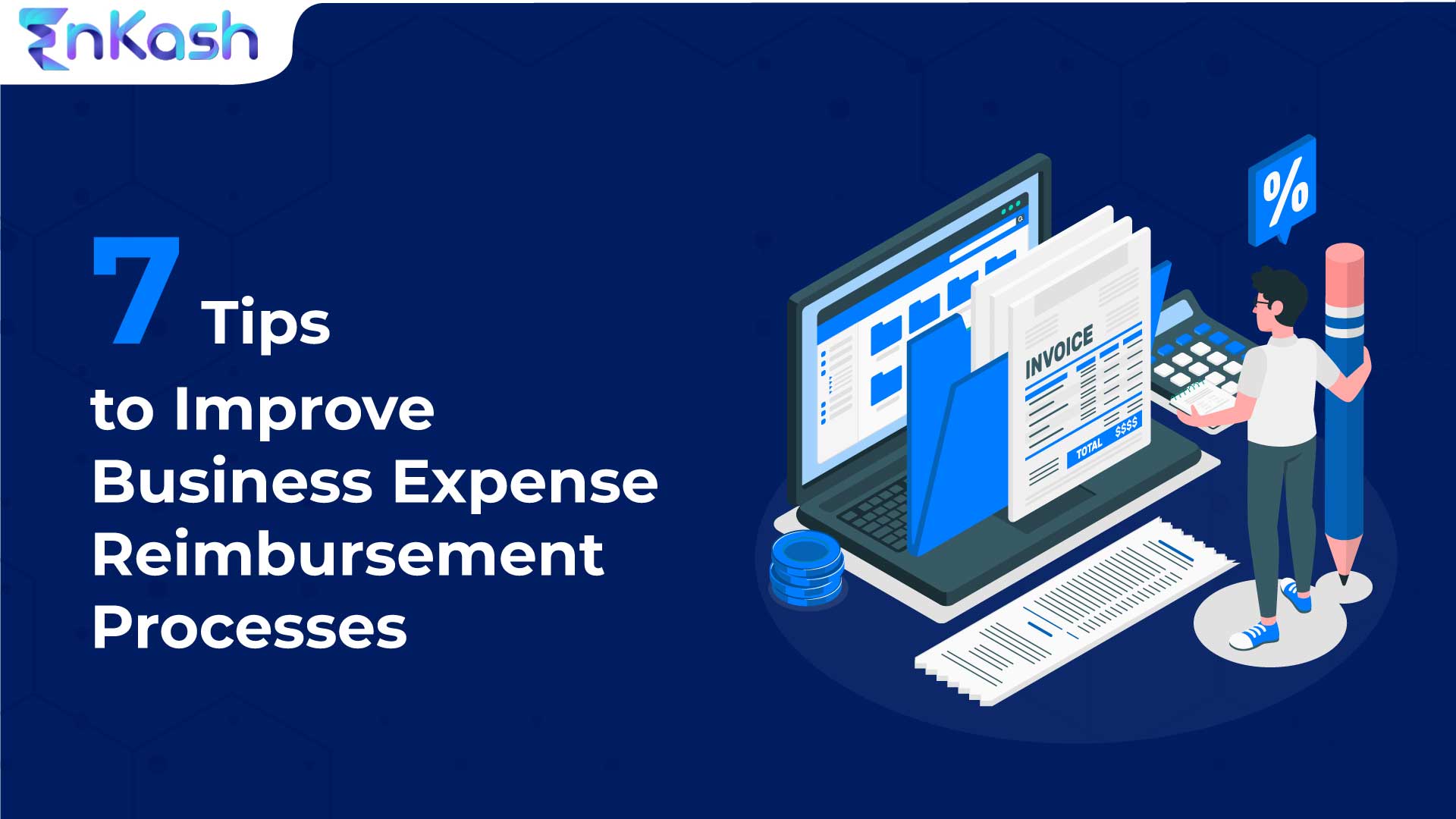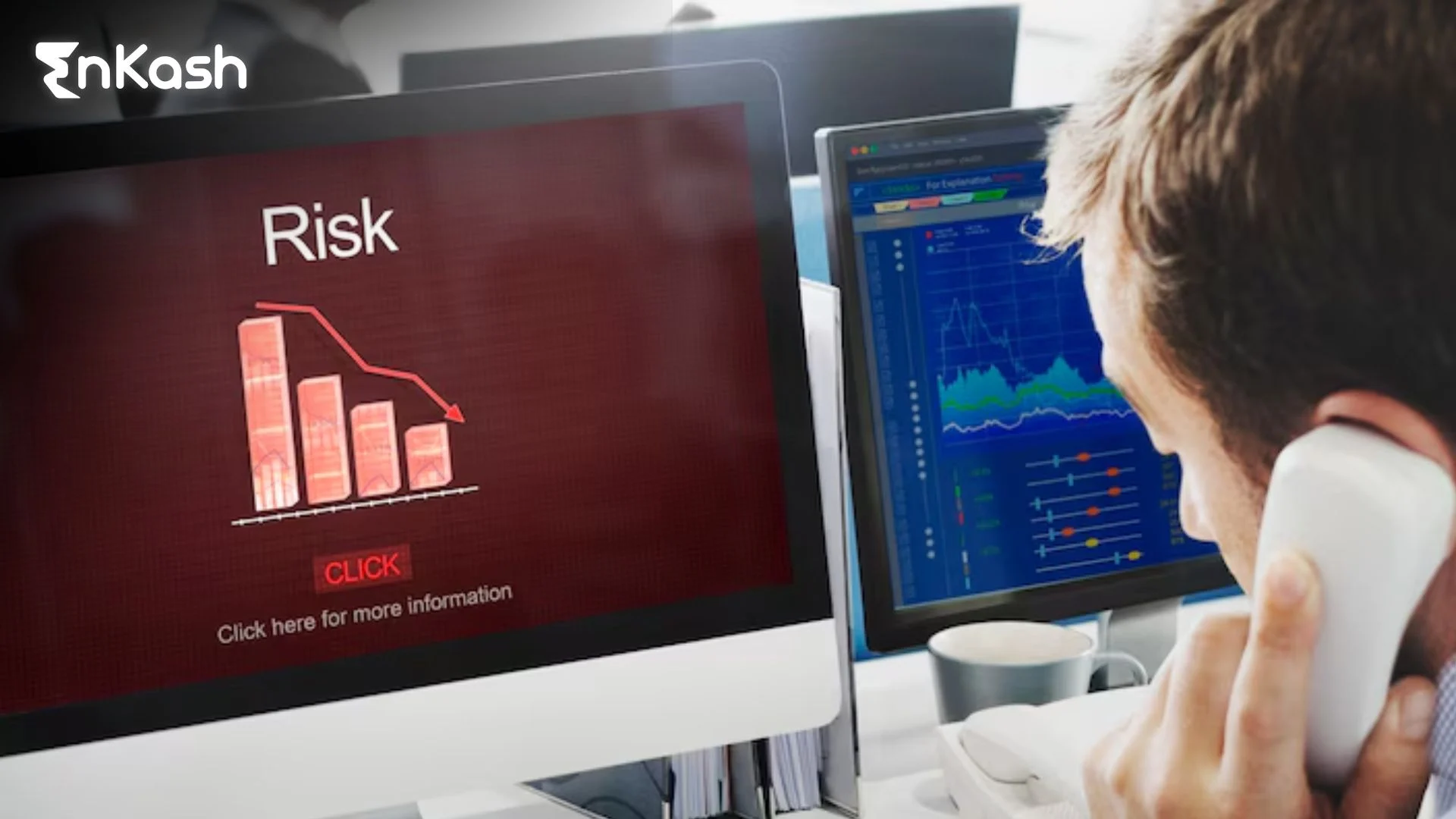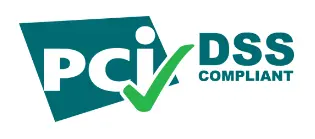A business without any expenses is impossible because you need to spend on various aspects. These include the raw materials that you need to run your core business, the vendors who keep your office working, utilities, taxes, salaries, and so much more. In this article, we will discuss one aspect of expenses, which is the expense reimbursement process.
What is Expense Reimbursement?
Businesses need to make payments directly towards the expenses they incur but this is not always possible. One such aspect is reimbursement when an employee makes payments on behalf of the company. In such cases, the employee has to claim the amount through a business reimbursement process.
This sounds simple enough in theory but in practicality, it is anything but. Let’s take a look at a typical scenario and detail the steps involved.
Imagine that Raj is an employee of PQR corporation. Raj heads the sales department and is in charge of demonstrating the product to customers and closing the deal. As part of his job, he travels a lot to the client’s location so that he can demonstrate the product, negotiate the price, and close the deal. Once the deal is closed, he also brings in his team to deploy the product, train the team on usage, and then solve issues in real time if they occur.
At every point of his work, Raj has to make payments for expenses on behalf of the company. To travel, he needs to book tickets, book accommodation, and arrange for local transportation as well. When he meets the customer’s officials, there’s a likelihood that he has to entertain them by taking them out for lunch or dinner. After he closes the deal, he has to arrange for the travel and accommodation of his tech support team and ensure that they have the right support work onsite. In some cases, he may also be required to purchase data cards or other support material to quicken the process.
In a manual expense reimbursement scenario, Raj will have to start his travel arrangements by asking the company for some advance amount. Then keep track of every expense incurred, by collecting receipts and invoices as applicable. Not only that, Raj also has to make sure that the spend is as per the set limits based on the company’s policies.
In case there are exceptions, Raj has to get the right approvals in place to complete the payment. Once the work is finished onsite, he has to create an expense sheet with all the expenses detailed out and submit it to the finance department along with the required documentation (tickets, boarding passes, hotel bills, cab fare bills, entertainment bills, etc).
Since Raj is a busy man, with several responsibilities, he may miss out on a few expenses and bills. In many instances, he may be frustrated that he has to go through this process, each time he travels for the company business. And when audit time comes around, the finance department may reach out to him seeking clarifications on certain expenses. He may often have to refer to his memory or some rudimentary notes to recall the details.
And this is only one expense category that we are talking about. A startup like yours is likely to have numerous expense heads for which you need to optimize reimbursements. Then, what is the solution to make expense reimbursement easier?
7 tips for seamless reimbursement process
Define expenses that occur frequently
The first tip to ensure that you are streamlining expense reimbursements is to define which expenses occur frequently and cannot be managed centrally via the finance department directly. For instance, expenses like rent, utility payments, etc occur regularly and are easier to manage because they occur without major variations month-on-month.
Create an expense reimbursement policy
It is important for a company, no matter if it is a huge enterprise or a startup, to have a clearly defined reimbursement policy that defines the amount that can be spent for each level of employee. For example, a vice president will have a higher limit for entertainment expenses as compared to junior executives. In the same way, travel in a Tier1 city will need a higher limit as compared to a Tier2 city and so on.
Opt for a spend management platform
This is a vital step and will eliminate most of your expense reimbursement process hassles, as you can configure your expense categories and policies within this system itself. What is more, a smart spend management platform like EnKash allows you to configure many aspects and track expenses in real-time to plan your cash flow well with the help of reports, insights, and analytics.
Provide cards for specific spend categories and limits
With a smart spend platform like EnKash, you can also apply for a collateral-free corporate card, having a credit limit of up to Rs.1 crore. You can further allocate this credit limit to different departments and employees by issuing cards to them. Furthermore, you can configure the usage for the cards and restrict usage for specific spend categories as well as set limits. For instance, keeping the example of Raj in mind, you can issue a travel card to him, which he will be able to use for booking tickets and paying hotel charges. He will also be given a particular limit to spend based on past records.
Set hierarchies as per departments
To make the expense reimbursement processes seamless and foolproof, you can also set hierarchies within the department by assigning maker, checker, and approver levels. This can be configured as per the level of the employee making the payment as well as the needs of the department. For instance, spends made by departments other than the finance department can have more levels in the hierarchy as compared to the finance department.
Ensure approval levels within the platform
Since the whole expense reimbursement process is driven within the platform, you can also ensure that the approvals are also recorded there itself. For instance, when Raj wants to spend a certain amount on entertainment expenses, he can raise the request to the director of sales who can approve it within the system creating an effective audit trail. When the time for audits comes around, these records can be assessed from the platform without Raj having to spend too much time on it.
Enable digital receipt submission
One of the crucial aspects of expense management is ensuring that all the receipts and invoices supporting the spend is available. A spend management platform will help you in this aspect as well. Raj, in our example above, can simply scan the receipt for what he paid using the card and upload it to the system in real time. There is no need to collect paper invoices and submit them manually. All Raj has to do at the end of his business travel is to have someone take all the receipts he has and put them in a file for future reference if required.
How EnKash Can Help?
EnKash is a comprehensive platform for businesses designed to simplify and streamline your business financial processes. Here’s how EnKash can transform your expense management:
Automated Processes
Streamlined Workflow: EnKash automates expense categorization, policy enforcement, approval routing, invoice submission, ensuring speed and accuracy.
OCR Technology: Effortlessly capture expense details through Optical Character Recognition (OCR), eliminating the need for manual data entry from receipts.
Real-time Tracking: Gain instant visibility into employee spending through real-time expense tracking, allowing for better cash flow management.
Enhanced Compliance and Control
Policy Enforcement: Define clear expense policies with customizable limits and restrictions based on employee roles, departments, and expense categories.
Approval Hierarchies: Set up approval workflows with designated makers, checkers, and approvers, ensuring proper oversight and adherence to policies.
Deviation Alerts: Receive real-time notifications for any expense exceeding set limits, enabling proactive intervention and preventing non-compliant spending.
Simplified Expense Reporting
WhatsApp Integration: Approve or reject expenses directly through WhatsApp without logging into the platform, further streamlining the process.
Digital Receipt Management: Eliminate the need for paper trails by allowing employees to scan and upload receipts directly into the system.
Additional Benefits
Corporate Cards: Issue secure corporate cards with customizable spending limits and restrictions aligned with employee roles and expense categories.
Data-Driven Insights: Generate comprehensive reports and gain valuable insights into spending patterns, enabling informed financial decisions.
Accounting Integrations: Seamlessly integrate EnKash with your existing accounting software for effortless data flow and reconciliation.
By leveraging EnKash’s robust features and functionalities, you can significantly reduce the time and effort associated with expense management, improve compliance, gain valuable financial insights, and ultimately boost employee satisfaction.
Also Read: What Are Non-operating Expenses and What Is Their Impact?
At EnKash, we have been helping startups like yours manage many aspects of finance including expense reimbursement processes with the use of secure and easy-to-use technology
Conclusion
By implementing these updated strategies, and using platforms like EnKash businesses can streamline expense reimbursement processes, improve compliance, and enhance overall financial efficiency. Embracing technology-driven solutions empowers organizations to navigate complex expense management challenges effectively.














